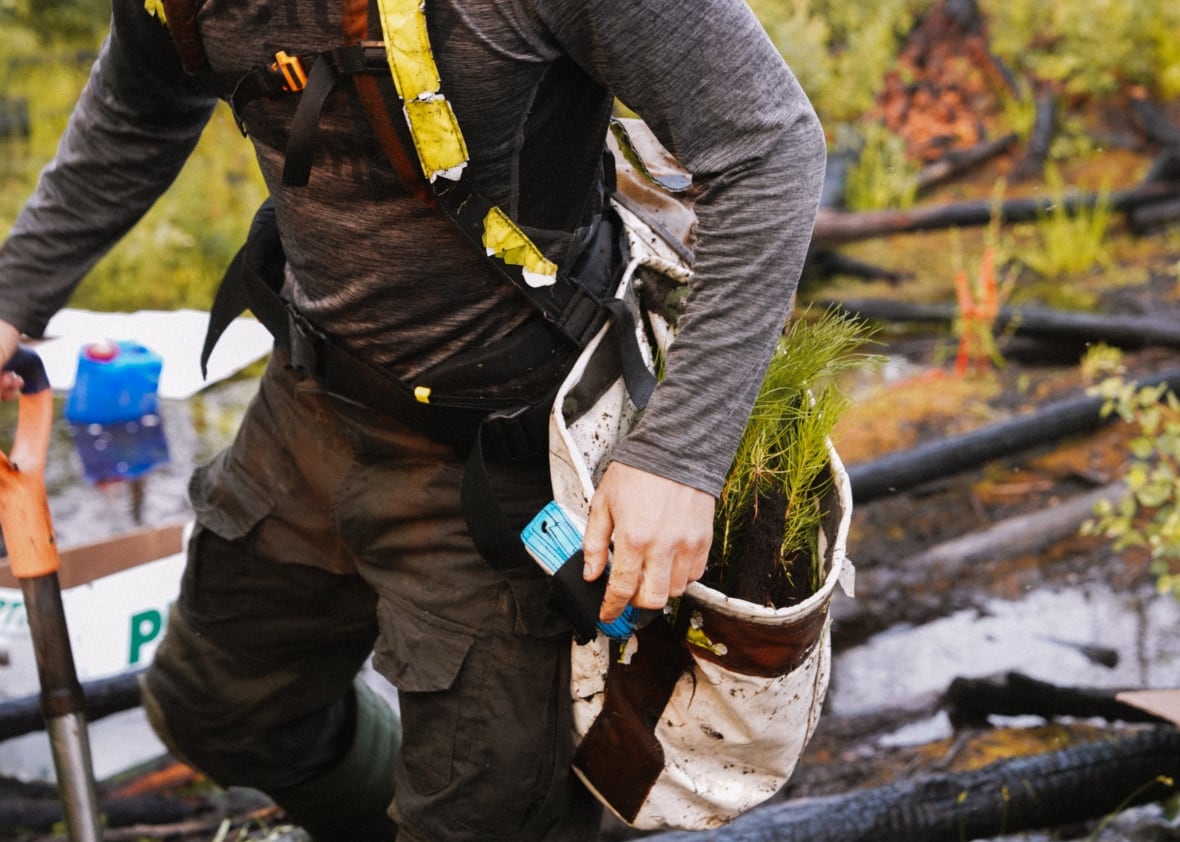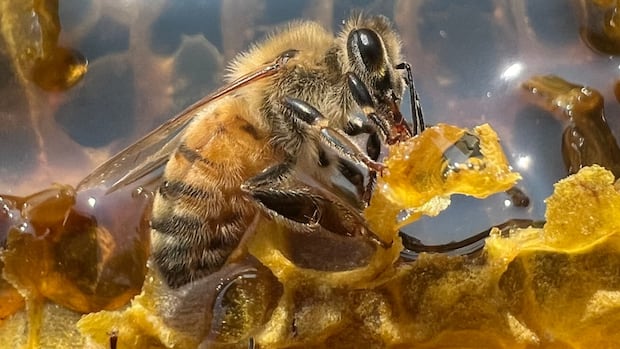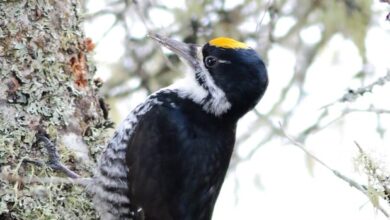Replanting forests after forest fires comes with complex challenges, but there are opportunities in the axis

At the beginning of September, firefighters were in the last phases of containing a 33,000 hectare Wildfire complex in Alberta’s Jasper National Park. Elsewhere, park staff already repeated the first party trees in the recently scorched earth.
The Douglas spruce were chosen because they resist better than other conifers, according to Marcia Demandel, specialist in vegetation restoration for Parks Canada.
Replanting so fast after a fire is much more exception than rule. Replants is usually expensive, time -consuming, labor -intensive – and does not always work.
Daandel says that they could move so quickly, was because they had already done the necessary studies and surveys to replant the area and – the most important thing – they already had the seedlings, which can sometimes take years to break and grow.
“That was not necessarily the plan, because we did not know that the fire would happen,” says Demandel. “But we had these seedlings at hand for other restoration projects, so we placed them in some of the burnt areas at that time.”
She notes that they already saw an “amazing” level of green reporter after the fire, which showed that the ground and root network were “somewhat intact”. She says that they have given priority to recovering recently burnt areas in the vicinity of Wetlands, erosion-sensitive slopes and often used paths, although planting has been paused since then while they follow the drying conditions and destructive cutting worms that tend to breed in seriously burned areas.
This year, the second worst nature fire season at Record, with more than 7.3 million hectare-in-hungry, the size of New Brunswick-Tot has now been burned. And that is on the heels of the previous two years of destruction, including the worst natural fire season in Canada in 2023.
Because climate change makes forest fires more intensivelyExperts suggest that the forests that we rebuild will probably not look like what was there before. But given enough time, there is a chance to get back healthier and more resilient.
How fast can it start again after a fire?
In most cases it can take years before they are replanted after a fire.
The Ogoki-Bos of Northwest Ontario was the location of intense fires in 2023, which was more than 40,000 hectares of pine and spruce-covered landscape, much of the vital Kariboehabitat.
Located about 400 kilometers northeast of Thunder Bay, Ont., The replanting of efforts in the Boreal forest just start root – more than 700,000 sets of roots.
“It is actually very important not to accelerate and simply go immediately after a fire,” says Jess Kaknevicius, CEO of Forests Canada, one of the organizations that support Ogoki’s replanting.

After a fire, Kaknevicius says that there can be years of surveys and assessments before planting can begin. This includes the initial security assessments, which look at what grows back naturally, where the replanting will have the greatest effect and to plant what.
There is also the issue of buying seeds from the burnt areas, which are grown for up to two years in nurseries before they can be planted by hand.
“If you need 500,000 to 1,000,000 trees, they are not alone waiting for you,” says Kaknevicius. “People do not realize that seed is a very, very expensive raw material and there is also one that is influenced by climate change.”
After planting, it is a matter of returning to the site on a year, two years and five years to see how they grow. “The general process, if you think about it, from seed to survival, is somewhere between five and eight years,” she adds.
What does survival look like?
In some replanting areas, making survival is easier said than done, especially when dealing with other effects of climate change.
In 2017, the Elephant Hill Fire burned more than 192,000 hectares of the BC interior, about 100 kilometers west of Kamloops.
Three years later, the Secwepemcúl’ecw Restoration and Stewardship Society formed from eight First Nations communities that were hit by the fire with a mix of Cottonwood, Aspen and Willow along the Bonaparte River.
Almost none of the first batch survived the following year – seedlings baked in dry soil as the 2021 Heat dome brought temperatures by 50 ° C to the region.

“There was a huge death rate within all plants within BC that year,” says Angela Kane, CEO of the Society. “So we had to sit down and think about what the next step is, what is a better way to plan it?”
One solution? Dig with powerful pressure coils.
“It spreads enough of the dirt and simply saturates that area completely [with water]So it gives it a really good lead, “says Kane.” And it’s two -fold. The same equipment that you use for planting, you can then turn around and use for fire fighting in your community. “
Too much burned, or not enough?
Another challenge is the country itself. When a fire burns too hot and deep, it can create a glassy layer that repels water, which Kane says it cannot be replanted, even with human help. “It’s just a dead lunar landscape,” says Kane.
Not deep enough burning can come with other problems, according to Victor Danneyrolles, a forest ecologist at the University of Quebec in Chicoutimi.

He says that the organic top layer of the soil contains fewer nutrients and retains less water compared to the mineral soil underneath. If the organic layer is not burned, it must be cleaned up with heavy machines before it is planted – which, with more than $ 2,000 per hectare, add very quickly when hundreds of thousands of hectares are burned.
To solve that problem, Danneyyrolles helps to develop seeds that are covered with nutrients and water -containing material, which can be dropped by drone in the hard -to -reach terrain. He says that the coating seeds helps to shoot in organic soil more easily and to first cultivate them in seedlings.
Soot with a silver lining
Although an extraordinary forest fire may not be ideal for the health of an ecosystem, the black clean slate that remains may offer opportunities for change.
“Most of our replant forests are black spruce, which is great for the forest industry. But we have alternatives that can be more resistant and more resilient for fires,” says Danneyrolles.
Danneyrolles says that this can be a less commercially desirable but faster -growing conifer, such as Jack Pine, or fewer relaxing decidues such as white birches or Asps, which can function as a natural fire brigade.
But aimed at only one type of green risks to miss the forest for the trees, says Amy Cardinal Christianson, senior brand advisor at the indigenous leadership initiative.
“I think we should lose our obsession with trees,” says Christianson.
She says that promoting a larger number of indigenous species such as berries and medicinal plants, as well as allowing some areas to return to grasslands instead of forest can go a long way.
“I don’t think we’ll ever come back in the way it was,” says Kane about the efforts at Elephant Hill. “Our goal is to try to create something better than what it was.”




